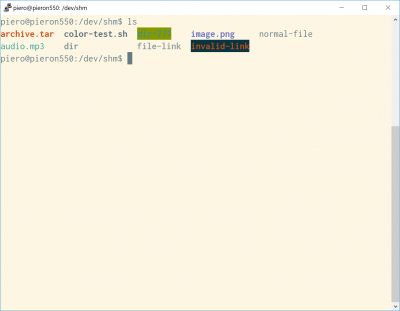While working on my M.S. thesis, I got to know Open3D. To me, it is basically the Swiss army knife for 3D data acquired from reality.
It offers implementations of performant algorithms, Python support to quickly change your scripts or adjust parameters to improve your results, and a visualizer to see them.
Unfortunately, this very visualizer is not very interactive. Often, I would like to pick objects in the scene and drag them or modify them. Sadly, in Python, it is not possible. But it is in C++, and I will comment on how you can implement that.
But first, I suggest you download my code, as I will refer to it. It combines the routines of the following sections to allow picking and deleting voxels.
Interact with the Mouse
Usually, when I want to do something with Open3D, I look at the examples on their Read the Docs documentation. However, they also offer a Doxygen-based one for the C++ part of the library. … [Leggi il resto]


